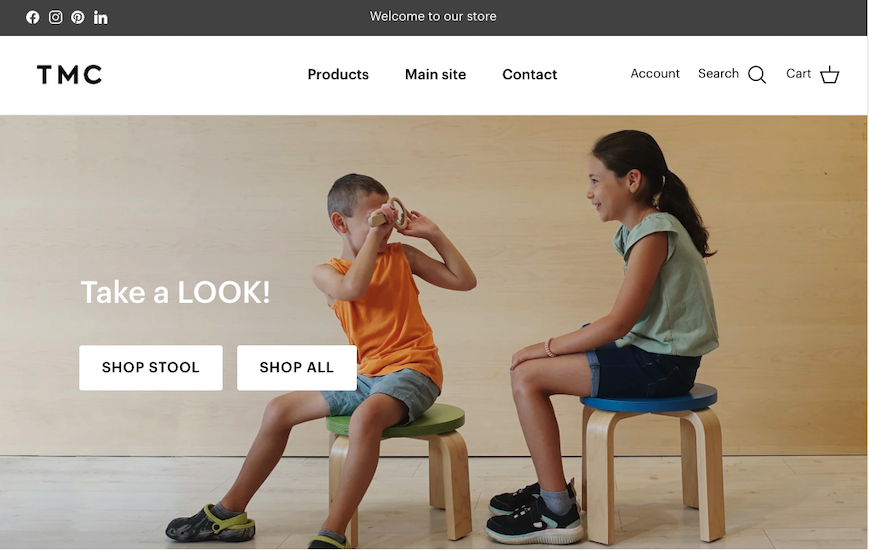This article was originally published in the Digital Commerce 360 report “A Blueprint for B2B Technology.” Download the full report here.

B2B companies were only slowly adopting eCommerce strategies before 2020. But COVID-19 came along and forced many to launch or expand digital capabilities quickly. Now, as the pandemic dust settles, companies have time to assess their current systems and make improvements. To discuss how B2B companies can compete in the next phase of business by addressing the digital commerce interests and needs of their customers, Digital Commerce 360 spoke with Ben Lorenz, co-founder and managing partner at Human Element.
What are some important B2B eCommerce technology trends?
Many eCommerce platform providers, such as Adobe and BigCommerce, are trying to elevate B2B eCommerce. In the past 10 years, B2C eCommerce technology has really matured. With the onset of COVID, a lot of B2B businesses struggled to operate while everyone was working from home. As a result, many platforms began enhancing the types of technology — in terms of features, functionality, and accessibility — they bring to the B2B audience, essentially translating the B2C shopping experience for the B2B customer. Many of these features are centered on the idea of working from home — remote workers being able to log into the back-end system and manage customers, place orders on behalf of customers, and see past order history so they can respond to changing buying trends.
How is technology helping companies stand out from competitors?
B2B companies are becoming more data driven about their decisions. They’re beginning to focus on tracking data and customer trends, then mixing that data with data from other systems such as a marketing tool, CRM or ERP. Integrations with ERP systems used to be limited to enterprise-size companies with big budgets. Now, these integrations can happen pretty easily, even for mid-market companies.
What strategies do the most successful B2B companies use to excel at eCommerce?
The most successful companies have been able to connect their marketing systems — email marketing and pay-per-click ads, for example — to their eCommerce system. They’re running data analytics on each of those pieces of software, combining the results and developing customer insights. For example, the data might show them that when it rains in Florida, they sell more umbrellas. Then, the business can immediately respond by pushing promotions for umbrellas to their Florida customers. Aggregating the data and gleaning insights help businesses make better business decisions.
How can they put these strategies in place?
To implement the right technology and ensure success, B2B companies should find a partner they can trust. Human Element, for example, works with companies to determine where they fit in the acquisition lifecycle. We build a systems map, defining their current state and future state — addressing their business goals. We determine what software to implement, the best way to execute the project, and whether there are any gaps we need to address along the way. Then we execute — building the eCommerce system and integrating it with the ERP or any third-party system they have. When that’s done, we go into maintenance mode for continuous improvement. At the end of the day, your eCommerce system needs to support your business and meet your customers where they are.



